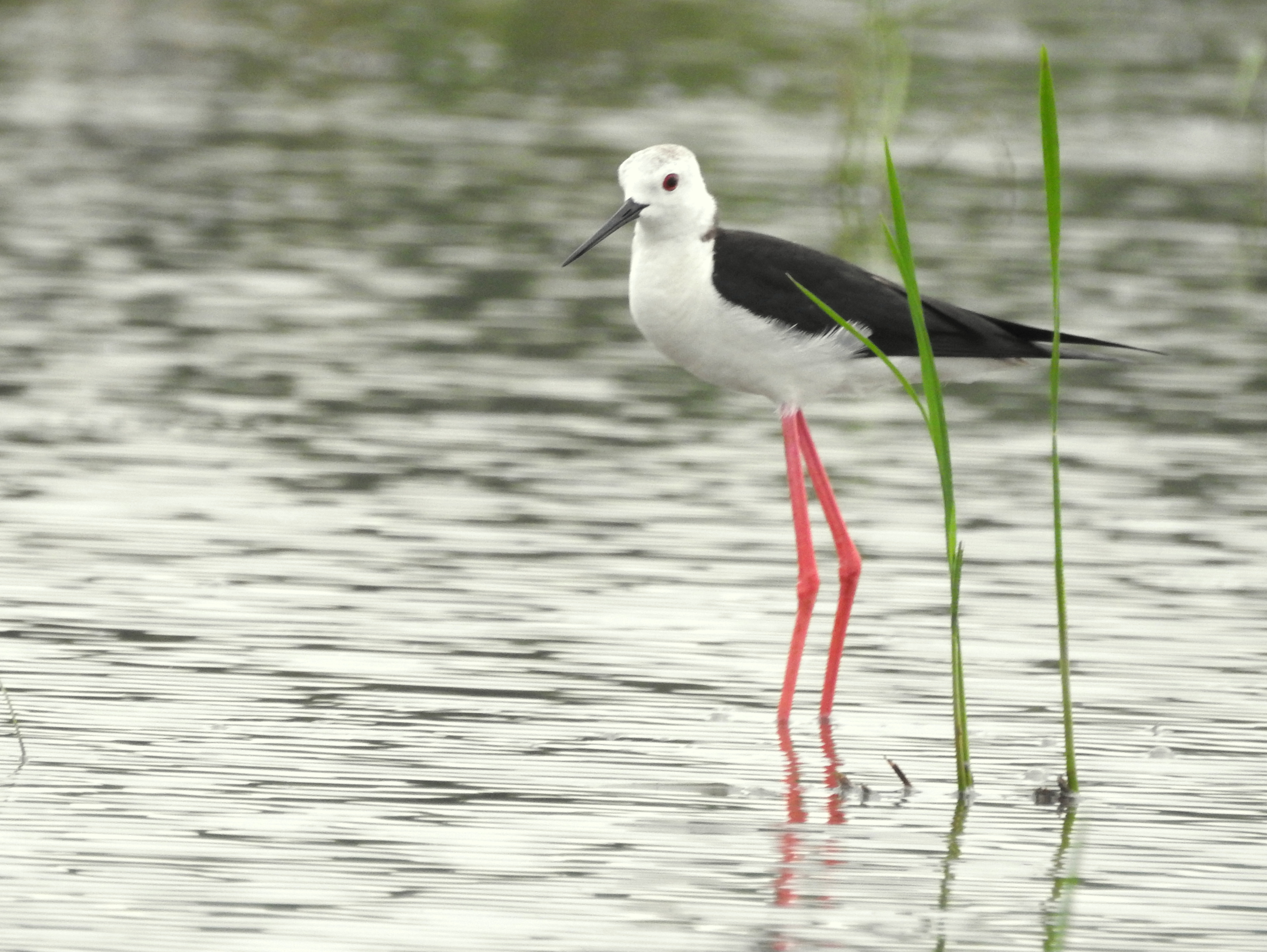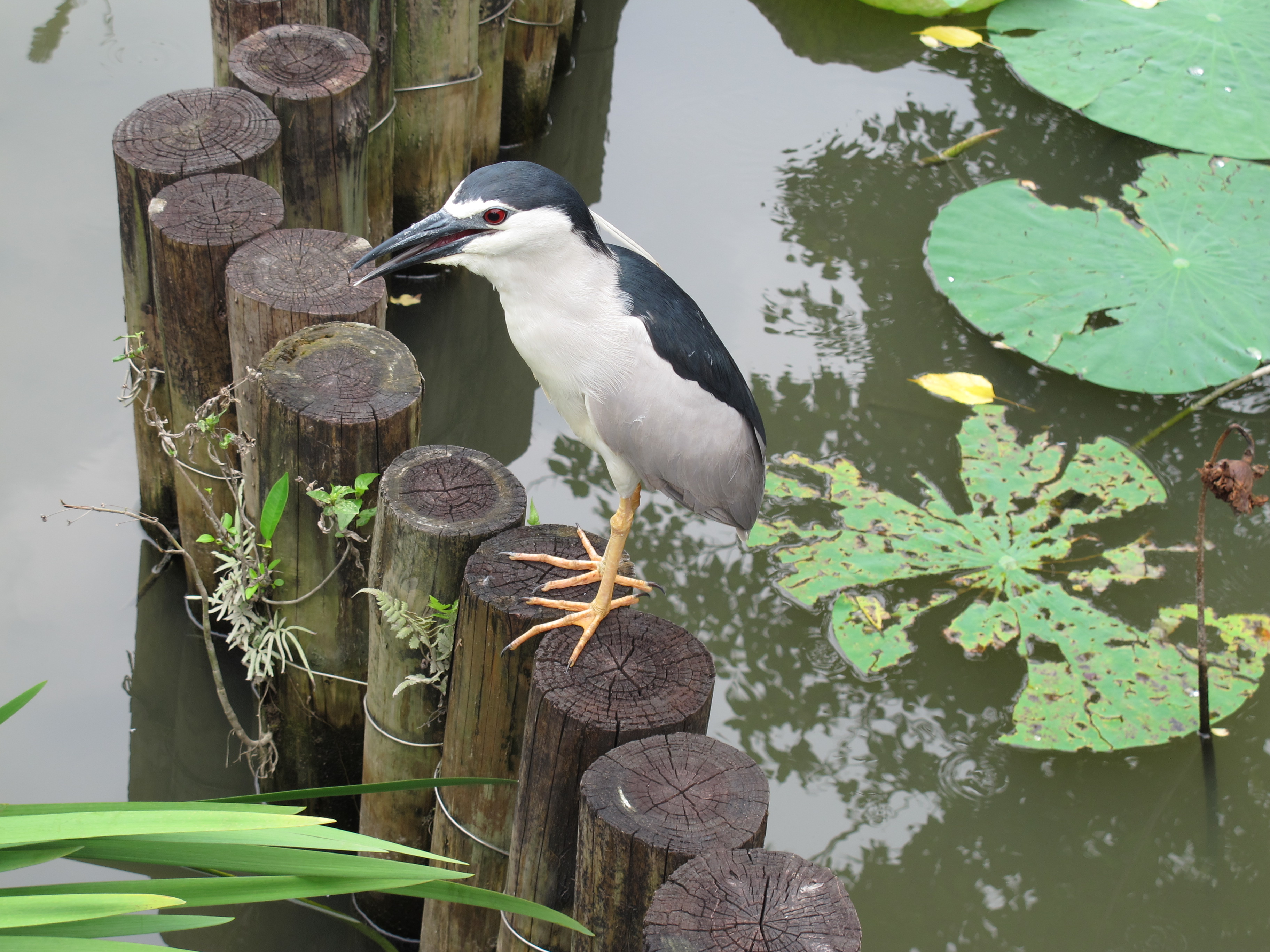
Taiwan’s Winter Bird Migration Spectacle
Taiwan’s cooler months, spanning from October to April, offer a comfortable respite not just for humans but also for millions of migrating birds. These feathered visitors flock to the island via the East Asian–Australasian Flyway, enticed by the abundant food sources and lowland temperatures rarely dropping below 12 degrees Celsius.
The Enigmatic Black-faced Spoonbill
Among the captivating avian visitors is the endangered Black-faced spoonbill, with a global population of only around 4,000. Birdwatchers, whether occasional or devoted, admire this sizeable white-feathered wader for its graceful foraging technique, skilfully sweeping its distinctive beak through shallow waters in search of small fish, snails, shrimp, and crabs.
Taiwan’s Rich Avian Diversity
Taiwan boasts a remarkable bird population, with more than 650 avian species recorded throughout the island and its outlying archipelagos. Of these, over 80 species and subspecies are endemic, found nowhere else on Earth. The critically endangered Chinese crested tern, once believed to be extinct, was rediscovered in the remote Matsu Islands, sparking international conservation efforts to protect its tiny population.
Exceptional Biodiversity in a Compact Land
Taiwan’s biodiversity is astounding considering its size, with half the land area of Tasmania and just slightly more than the US state of Maryland. The island’s diverse landscapes, ranging from coastal wetlands to rugged mountain peaks, create an ideal environment for a wide variety of bird species. Egrets and Black-winged stilts are common sights in rice fields and around rivers, while moving into the hilly interior increases the chances of spotting Crested serpent eagles and herons.
 Birdwatching Opportunities in Taipei
Birdwatching Opportunities in Taipei
Even within Taipei, bird enthusiasts can enjoy birdwatching in the bustling capital. Taipei Botanical Garden, easily accessible by public transport, provides a green oasis for observing
Malayan night herons, Japanese white-eyes, and other charming avian species up close.
Contact Life of Taiwan today to arrange a tailor-made private tour of taiwan, Asia’s most fascinating destination.

